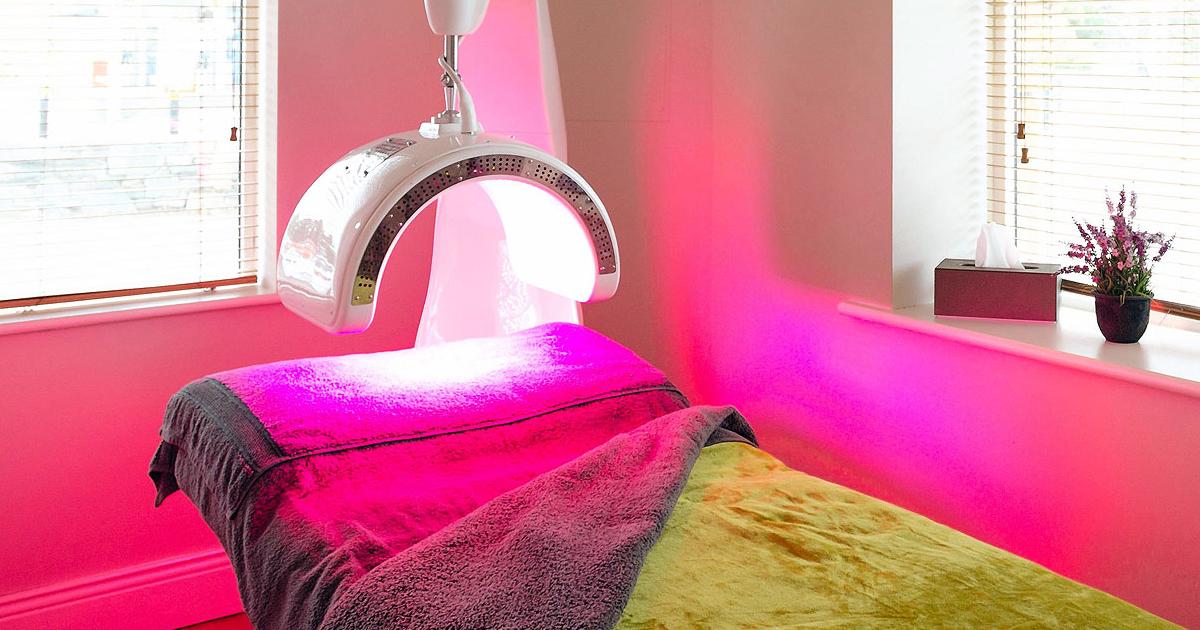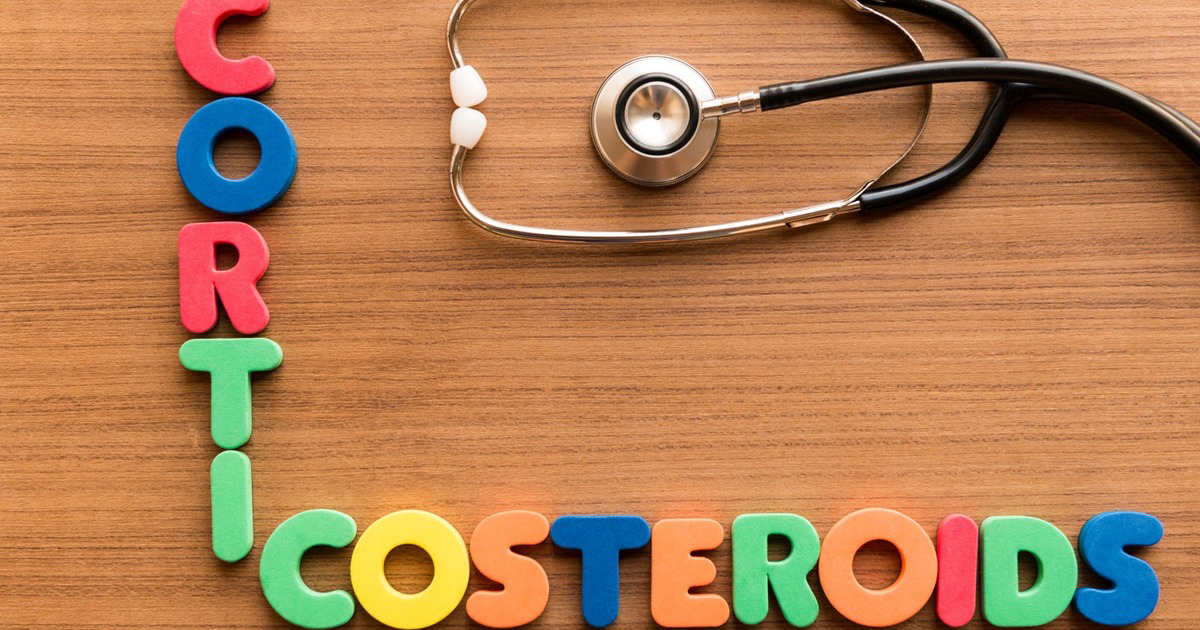How To Treat Atopic Dermatitis
Atopic dermatitis is a chronic, inflammatory skin condition that normally begins in childhood. As one of the most common forms of eczema, the ailment is characterized by red, itchy rashes that appear most frequently on the hands, wrists, feet, and ankles. Patches of itchy bumps are also commonly observed on the backs of the knees and elbows as well as the upper chest. Patients with atopic dermatitis often experience flare-ups, and the skin may crack and develop open sores due to scratching, which can put patients at risk of infections. Doctors are generally able to diagnose this condition by performing a visual inspection of the skin, and some patients may need to have a skin biopsy to confirm the diagnosis.
Atopic dermatitis is treated with a combination of medication and lifestyle modifications. The treatments outlined below are some of those most often recommended for patients under current guidelines.
Creams To Reduce Itching

Creams to reduce itching are often the first treatment for atopic dermatitis. Most patients with this condition will need to use prescription creams, and these can help mitigate the itch while also repairing the skin. Topical corticosteroids are frequently prescribed for this purpose, and doctors decide which corticosteroid potency a patient needs based on the location of the rashes. Patients who have rashes that cover an extensive area of the skin or are located on the face or in skin folds typically receive a mild or moderately potent topical corticosteroid such as desonide 0.05 percent or hydrocortisone acetate one percent. Adults with thick lesions in localized areas such as the scalp, palms, or feet are usually prescribed the strongest topical corticosteroids, including amcinonide 0.1 percent, halcinonide 0.1 percent, and clobetasol propionate 0.05 percent. To reduce the risk of side effects, most topical corticosteroids are only used for two or three weeks at a time, and patients are advised to apply them once a day. Many patients can reduce their need for topical corticosteroids by moisturizing their skin frequently.
Learn more about how to treat atopic dermatitis now.
Antibiotics for Infection

Patients who have open sores or cracks on the skin may need to take antibiotics for an infection, and doctors will also prescribe these medications for individuals who show signs of bacterial skin infections. If possible, doctors will start treatment with an antibiotic cream, and patients with more severe infections could need to use oral antibiotics. Amoxicillin, erythromycin, and levofloxacin are some of the oral antibiotics typically used in the treatment of atopic dermatitis. To prevent antibiotic resistance, these medicines are prescribed for seven to fourteen days. Most patients experience relief from their symptoms within two to three days, though taking the entire course of antibiotics is still necessary. Patients taking amoxicillin could notice headaches, tongue swelling, nausea, vomiting, diarrhea, and stomach pain. Any unusual or worrying side effects should be reported to the prescribing physician as soon as possible, and the patient may need to switch to a different medication.
Read more about treating atopic dermatitis effectively now.
Light Therapy

Light therapy, also known as phototherapy, is a treatment considered for patients with atopic dermatitis who do not experience relief with topical treatments. It is also considered appropriate for individuals who have new flare-ups soon after completing treatments. Approximately seventy percent of patients with atopic dermatitis see an improvement in their symptoms after using light therapy, and narrowband ultraviolet B light is the most frequently used form of phototherapy for this condition. Patients generally need at least one or two months of regular light therapy sessions, and maintenance sessions are often needed after the initial treatment period. Phototherapy can help with reducing itch and inflammation, and it can also increase a patient's vitamin D production and improve the skin's ability to fight bacteria. Potential risks associated with this treatment include sunburn, premature skin aging, and an increased risk of skin cancer. Treatment providers will talk with patients about ways to minimize these risks before beginning light therapy sessions.
Continue reading to reveal more treatment options for atopic dermatitis now.
Wet Bandages

Wet wrap therapy involves the use of wet bandages to treat severe atopic dermatitis, and it is also used to reduce the symptoms that occur during intense flare-ups. This treatment is typically provided by nurses in a hospital or clinic setting, and patients can sometimes be trained to perform wet wrap therapy on themselves. Fabric wraps are soaked in water, and sometimes with topical corticosteroids, before being gently wrapped around the affected area. After applying the moist bandages, a layer of dry bandages is wrapped over the top, and patients then typically change into pajamas or other loose clothing to avoid disturbing the bandages. If the treated area is on the feet or hands, patients typically wear gloves or socks over the bandages. Wet wrap therapy for the face requires bandages made of gauze and surgical netting. These types of bandages are made and applied by specially trained nurses. Wraps are usually left on the skin for several hours, and they can be left on overnight.
Get the details on more ways to treat atopic dermatitis now.
Oral Corticosteroids

Prednisone and other oral corticosteroids suppress the immune system, and they are currently recommended only as a last resort. Doctors may need to prescribe these drugs for a short time if a patient is experiencing an acute, severe flare-up, and they are also considered for use as a short-term bridge therapy to other non-steroid treatments. If oral corticosteroids are used for more than a month, potentially serious side effects could occur. For example, patients could notice weight gain or hair loss, and they might also have high blood pressure, glaucoma, cataracts, irregular menstruation, and an increase in infections. Pediatric patients on these medications could have stunted growth. Individuals using oral corticosteroids will need to work with their healthcare team to taper the dosage over time so they can transition to other forms of treatment. Since these drugs suppress the immune system, patients may need to avoid individuals with colds and other infections while they are receiving treatment.